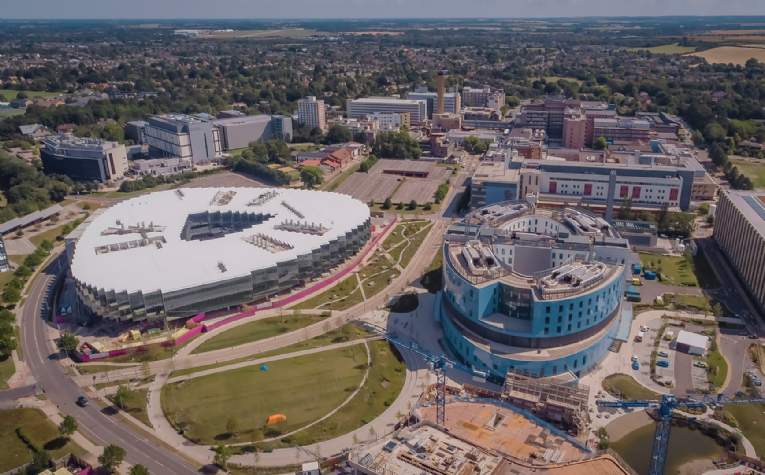The war for talent in the world’s leading cities has undoubtedly ramped up in previous years. None more so than in the life sciences sector.
Seen as a city’s most powerful ammunition, the way in which cities attract talent has come to mean more than simply offering a first-class place of work. Proximity to top universities and research hospitals has a significant influence on where life science firms choose to locate and the prestige and rigour of these educational establishments are critical as firms look to hire the best and the brightest to join their teams
In Savills recent Science Cities Report, which ranks cities based on metrics including their funding environment, hospital and R&D infrastructure, as well as their talent pool and access to universities, it’s the latter which is a critical source of new talent and new ideas.
It’s little surprise that the leading universities in life sciences are concentrated in the US and UK. Of the top 20 highest ranked universities for science, 14 of them are found in our Science Cities. The first ranked is Harvard, while second and third in the global rankings are the universities of Oxford and Cambridge.
Similarly, big global cities offer the advantages of multiple high-ranked institutions: London is home to six of the top-ranked globally for science, with 125,400 students combined, representing a huge prospective pool of talent, contributing to its position in 13th place on the overall rankings. Tokyo, ranked 12th, has three top-ranked universities for science with nearly 64,000 students between them.
It’s also clear that appealing to the right kind of talent is also becoming increasingly dependent on other factors. Notably, overall city attractiveness, including the cost of living, quality of life, mobility and general lifestyle really matters, is becoming even more pertinent. Lifestyle plays a large role in the appeal of any city and the talent working for the top research institutions will undoubtedly consider these factors in any relocation decision. For scientists, researchers, and technicians ‘green commutes’ to work such as walking and cycling, the cost of living, low crime, good air quality, among other factors, all matter.
Scoring highest in the lifestyle category for Science Cities, Singapore offers the highest number of international schools, low crime rates and good air quality. Though Tokyo is one of the largest cities in the world, it scores well on education, air quality and crime statistics. Sydney, with its laid-back reputation, also scores well on our lifestyle indicators.
While 2020 and the dawn of the Covid-19 pandemic threw into sharp relief the importance of the life science industry worldwide, what’s become increasingly clear over the last 12+ months is just how paramount the sector is on both a social and economic level. While competition for talent will prevail, just how much these cities are willing to invest to become leading life science hubs will be something to watch.
Further information
Read more Report: Science Cities

.jpg)
.jpg)


.jpg)

.jpg)
.jpg)

